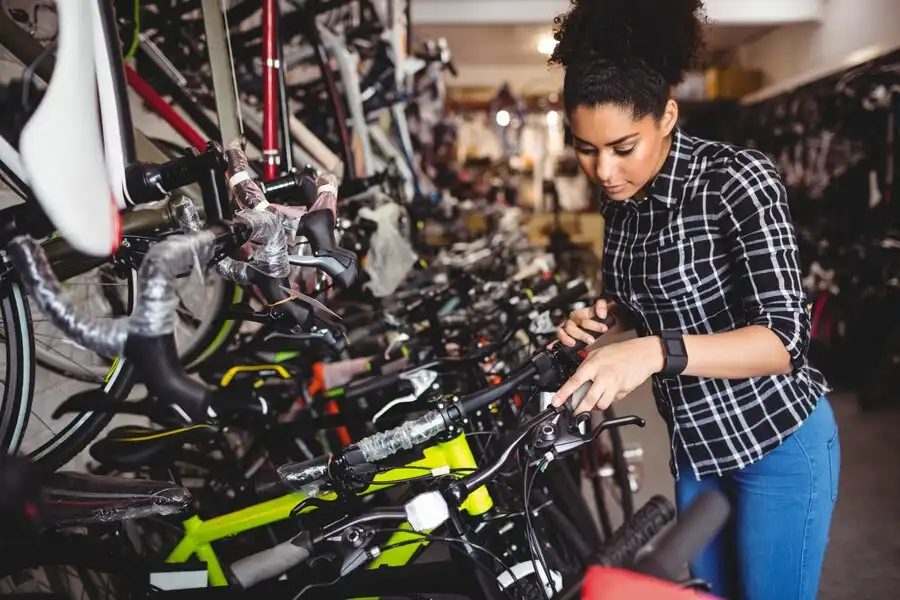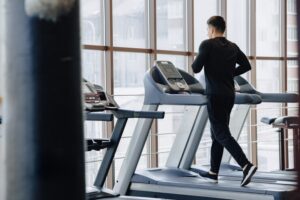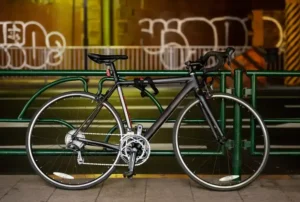Choosing the right bike can be overwhelming with so many options available. Whether you’re looking for a bike for daily commuting, long-distance rides, mountain trails, or competitive racing, selecting the right one is crucial to ensuring comfort, performance, and efficiency. In this guide, iBikeBlog will help you find the perfect bike based on your cycling goals.
1. Identify Your Cycling Goals
Before investing in a bike, determine your primary cycling purpose. Ask yourself:
- Are you commuting daily?
- Do you enjoy long road rides?
- Are you looking for an off-road adventure?
- Do you plan to race or train professionally?
Your answers will guide you toward the best bike for your needs.
2. Types of Bikes and Their Uses
 Road Bikes – Speed & Endurance
Road Bikes – Speed & Endurance
Best for: Long-distance rides, racing, and smooth pavement.
- Lightweight frame for speed.
- Thin, high-pressure tires for minimal resistance.
- Drop handlebars for an aerodynamic position.
- Ideal for those focused on endurance and performance.
 Mountain Bikes – Off-Road & Trails
Mountain Bikes – Off-Road & Trails
Best for: Rough terrains, dirt trails, and outdoor adventures.
- Sturdy frame with suspension for shock absorption.
- Wide, knobby tires for better grip.
- Lower gear range for climbing steep trails.
- Perfect for thrill-seekers and adventure riders.
 Hybrid Bikes – Versatile & Comfortable
Hybrid Bikes – Versatile & Comfortable
Best for: Commuting, casual rides, and mixed terrains.
- Combination of road and mountain bike features.
- Flat handlebars for an upright, comfortable ride.
- Medium-width tires for both smooth and rough surfaces.
- Ideal for riders who want a balanced, all-purpose bike.
 Gravel Bikes – Adventure & Exploration
Gravel Bikes – Adventure & Exploration
Best for: Mixed-terrain riding, bikepacking, and endurance rides.
- Drop handlebars like a road bike but with wider tires.
- Built for gravel, dirt roads, and pavement.
- Great for cyclists who want versatility and long-distance comfort.
 Commuter Bikes – Practical & Efficient
Commuter Bikes – Practical & Efficient
Best for: City commuting and daily transport.
- Designed for comfort and durability.
- Often equipped with racks, fenders, and lights.
- Comes in various styles, including single-speed and geared models.
- Perfect for urban riders and eco-friendly transportation.
 E-Bikes – Power & Convenience
E-Bikes – Power & Convenience
Best for: Assisted cycling, long commutes, and reducing effort.
- Equipped with a battery-powered motor for pedal assistance.
- Great for riders who want to travel longer distances with less effort.
- Ideal for older riders or those with limited mobility.
3. Frame Material Matters
The bike’s frame material affects its weight, durability, and ride feel:
- Aluminum – Lightweight and affordable, ideal for beginners.
- Carbon Fiber – High-performance, lightweight, and absorbs road vibrations (best for racers and long-distance riders).
- Steel – Durable and comfortable but heavier (great for touring and classic bikes).
- Titanium – High-end, strong, and corrosion-resistant (for premium endurance riders).
4. Choose the Right Bike Size
A properly fitted bike ensures comfort and prevents injuries. Use a sizing chart or visit a local bike shop to determine the right frame size based on your height and inseam length. iBikeBlog recommends test-riding different sizes to find the best fit.
5. Consider Your Budget
Bikes come in various price ranges:
- Entry-Level ($300–$800) – Great for beginners and casual riders.
- Mid-Range ($800–$2,500) – Ideal for performance cyclists and enthusiasts.
- High-End ($2,500+) – Designed for competitive racers and serious riders.
Investing in a quality bike saves money in the long run and enhances your riding experience.
6. Test Ride Before You Buy
Nothing beats testing a bike in person. iBikeBlog suggests test riding different models to check for comfort, handling, and overall feel. Pay attention to:



Final Thoughts
Choosing the right bike depends on your cycling goals, terrain, and budget. Whether you’re a commuter, racer, or off-road explorer, finding the perfect bike will improve your performance and enjoyment. Stay tuned to iBikeBlog for more expert cycling tips, gear reviews, and training insights!




